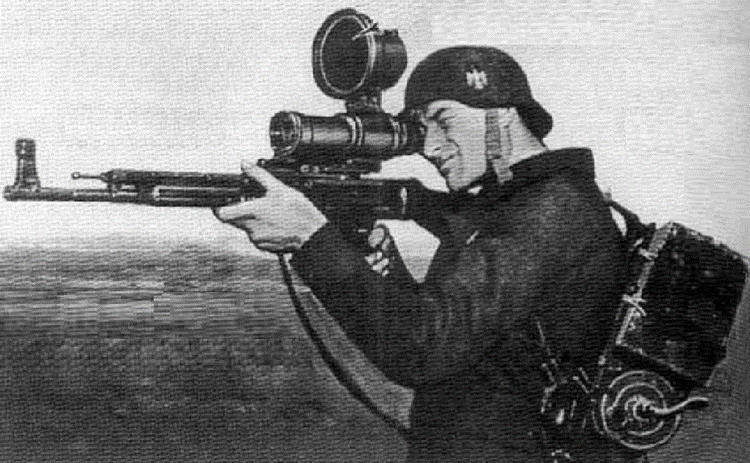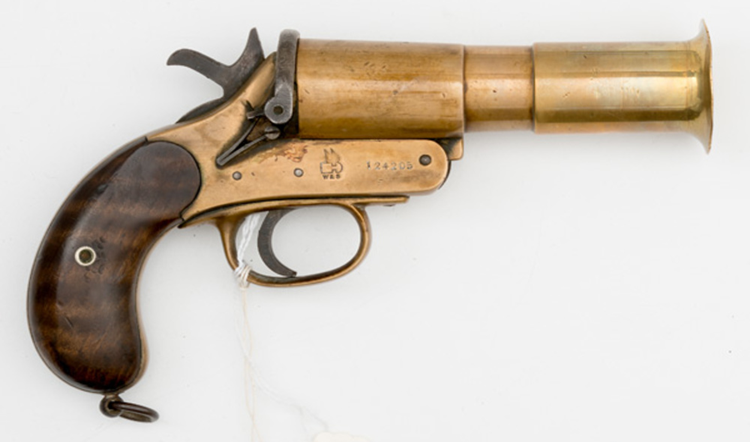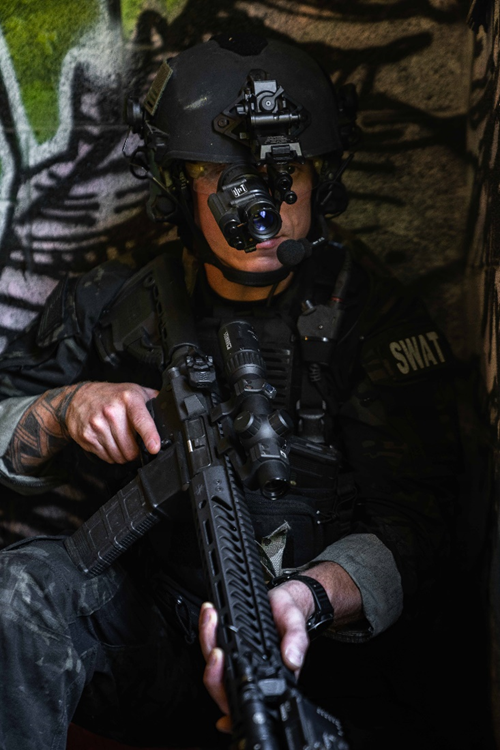Lesson 2 - Illuminating the Frontlines: Night Vision in WW1
Sep 8th 2023
World War I, often known as the Great War, was a global conflict that introduced unprecedented levels of technological innovation to the battlefield. Amid the trenches and chaos, one significant development emerged that would forever change the nature of warfare: night vision technology. This blog post delves into the evolution, challenges, and impact of night vision during World War I.
The Birth of Nocturnal Warfare: The Noctovisor - A Revolutionary Tool
As the war raged on, the challenges of fighting in low-light conditions became evident. The introduction of the "Noctovisor," a primitive night vision device, marked a significant step forward. This simple apparatus used a combination of magnification lenses and light amplification to enhance visibility in the dark. Although far from perfect, the Noctovisor allowed soldiers to spot enemy movements and positions in conditions where natural moonlight offered little assistance.

Zielgerät 1229 Image from Night Vision Australia
Technical Challenges and Advancements: Tackling Technical Limitations
Despite its potential, the Noctovisor had limitations. It was bulky, relied on ambient light, and provided limited visibility. Over time, engineers and inventors worked to overcome these challenges. Innovations like the "Zielgerät 1229," a German infrared sniper scope, and the British "Flare Pistol" equipped with signal flares illuminated the battlefield using alternative methods.

WWI British Flare Pistol Night
Operations and Strategic Advantage: Changing the Dynamics of Warfare
The advent of night vision technology shifted the dynamics of warfare, opening new possibilities for surprise attacks and strategic maneuvers. Troops could now exploit the cover of darkness to launch raids, gather intelligence, and infiltrate enemy lines with a level of stealth previously unattainable. This newfound ability to operate at night forced commanders to adapt their strategies and rethink traditional battle plans.
Legacy and Modern Applications: Shaping Modern Warfare
The innovations in night vision technology during World War I laid the foundation for its continuous development in subsequent conflicts. The lessons learned from these early attempts propelled research and innovation, leading to the advanced night vision equipment used by military forces today. These modern devices employ cutting-edge technologies such as thermal imaging and image intensification, offering soldiers unparalleled visibility in the darkest of conditions.

Image by Armasight
Conclusion
The introduction of night vision technology during World War I marked a transformative moment in the evolution of warfare. From the rudimentary Noctovisor to the sophisticated night vision equipment of today, the ability to see in the dark has revolutionized battlefield strategies and tactics. As we reflect on the innovations that emerged from the Great War, we recognize the enduring impact of night vision technology, which continues to shine a light on the battlefield, even in the darkest of times.
